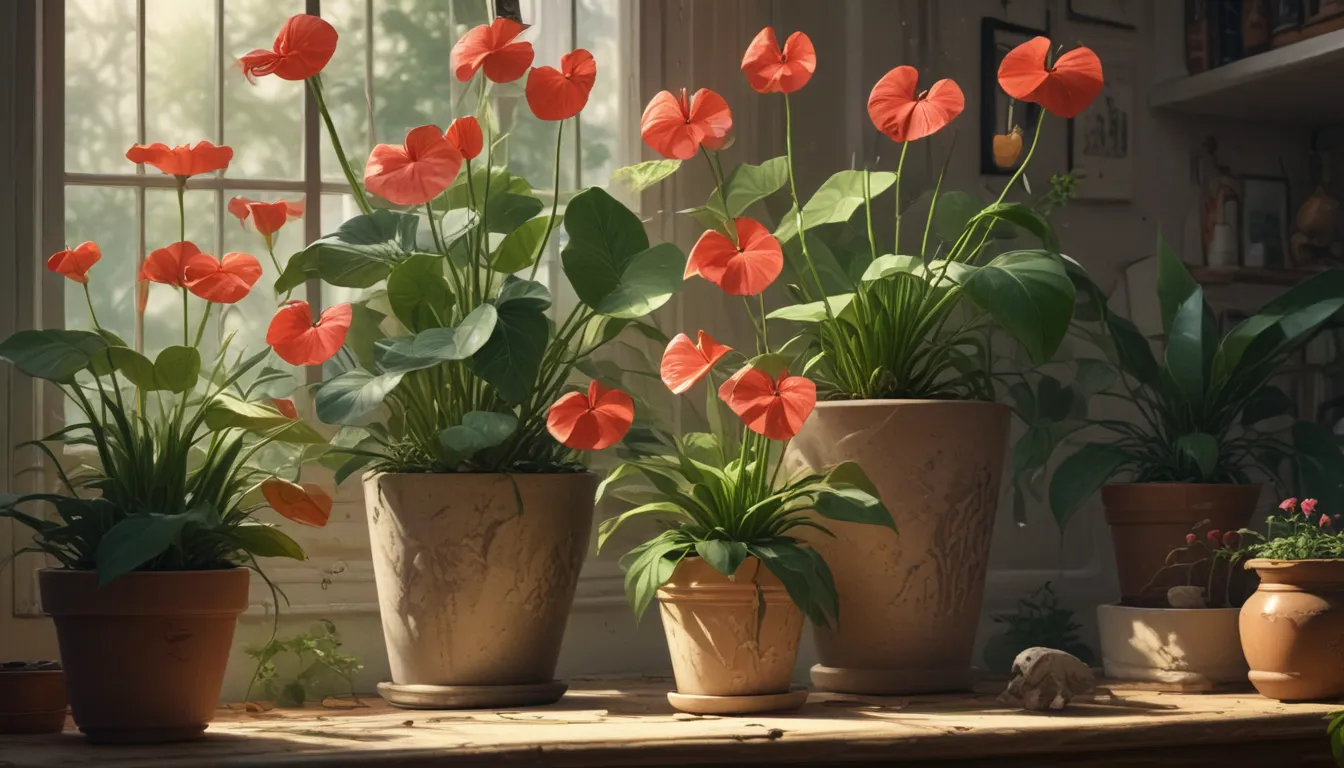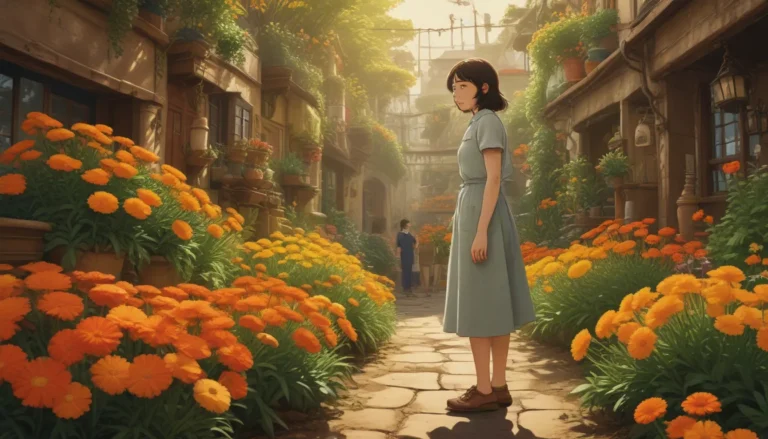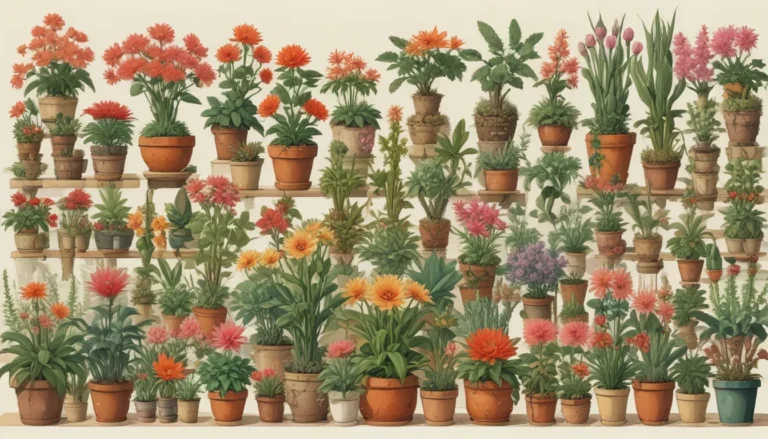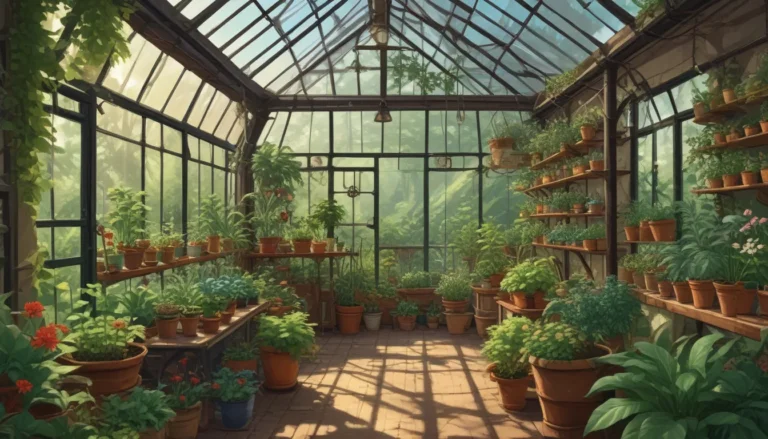Troubleshooting Drooping Anthurium Houseplants: Causes and Solutions

Anthuriums, with their vibrant spathes and contrasting veins, can be a delightful addition to your indoor garden. However, when your Anthurium starts to droop, it’s essential to pay attention. This may be a sign that something is amiss, and your plant needs your help.
Don’t worry if you’re new to indoor gardening – troubleshooting and reviving a drooping Anthurium is not as complicated as it may seem. With a little sleuthing and quick action, you can typically bring your plant back to life before it’s too late.
Let’s dive into the potential causes of a drooping Anthurium and explore how you can address each issue effectively.
Drooping Anthurium Causes and Solutions
Here are some common reasons why your Anthurium may be drooping and what you can do about it:
- Age
- Too Little Water
- Overwatering and Root Rot
- Too Much Direct Light
- Mealybugs or Whiteflies
Age
If you notice a few fading and drooping leaves on your Anthurium, especially at the lower parts of the plant, it may simply be a result of natural aging. You can trim these aged leaves to tidy up your plant’s appearance. Additionally, if your Anthurium produces colorful spathes, they will naturally wither and die after a few weeks to a month. Just clip them off with sanitized scissors.
However, if the wilting you observe is not due to natural aging, it’s time to investigate further.
Too Little Water
Anthuriums thrive in environments with ample water, but they also prefer their soil to dry out slightly between waterings. If the top quarter of the soil feels dry to the touch and the leaves are drooping, your plant may be thirsty. Water it thoroughly until you see water draining out of the bottom of the pot.
If your plant perks up after watering, congratulations! Make a commitment to maintaining a proper watering schedule to keep it hydrated.
Overwatering and Root Rot
While it may seem thoughtful to water your Anthurium frequently, overwatering can lead to root rot. In soggy soil, the roots may suffocate, causing the entire plant to droop. Look for signs of root rot, such as foul odors and brown, slimy roots. If root rot is present, you may need to trim and repot your plant in fresh soil.
Prevent future root rot by watering your plant consistently and ensuring the soil has proper drainage. Keep track of watering schedules using a gardening journal or calendar.
Too Much Direct Light
Excessive direct sunlight can cause Anthurium leaves to dry out and become scorched. If you notice shriveled or brown leaves, move your plant to a location with indirect light to help it recover.
Mealybugs and Whiteflies
While Anthuriums are relatively resistant to pests, mealybugs and whiteflies can occasionally infest them. These pests can cause leaves to wilt and drop. Address minor infestations with a soapy water spray, and refer to pest prevention guides for more severe cases.
Conclusion
Caring for a drooping Anthurium plant doesn’t have to be overwhelming. By identifying the cause of the wilting and taking appropriate action, you can often revive your plant and enjoy its beauty for years to come.
If you have any tips or experiences to share, feel free to do so in the comments below. And if you found this troubleshooting guide helpful, check out our other indoor gardening articles for more valuable tips.





